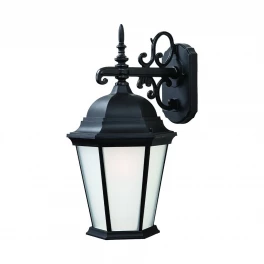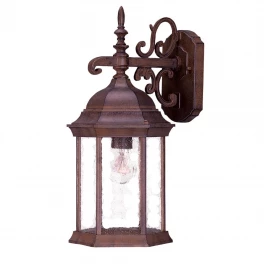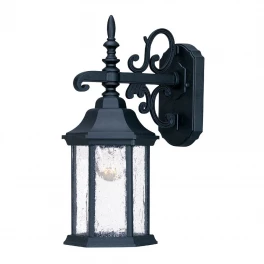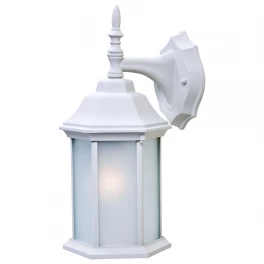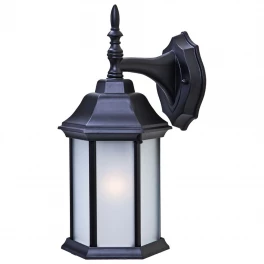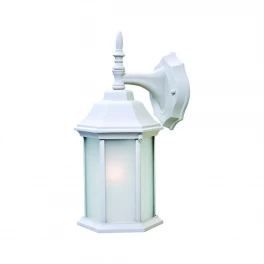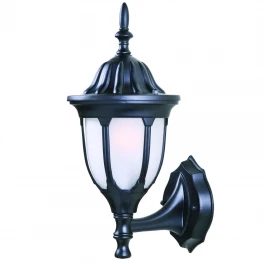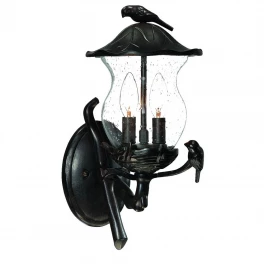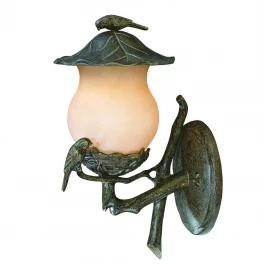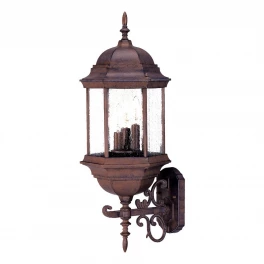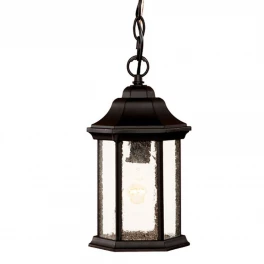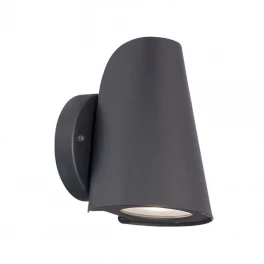String lights are the next big thing. If you want to create an inviting outdoor atmosphere, mount a few strands around your yard. You can drape the wires along you home ledge, wrap them around your deck banister, or string them from tree to tree to light your whole backyard. Find a safe electrical plug for power, and these lights are simple and quick to install. Your outdoor lighting doesn’t have to be confined to wall-mounted fixtures and blinding floodlights. Give your yard personality while keeping it safe. These tips will help you find the perfect string lights for your property.
Commercial Grade Lights
Most home improvement stores offer a range of different string lights. The most common kinds are lightweight lights made for indoor use and traditional holiday lights with pepper-shaped bulbs. While you could leave outdoor holiday lights up year-round, the best lights to put up permanently in your backyard are commercial grade string lights. These lights are designed to stand weather resistance for years. Commercial grade string lights will cost you more initially, but once you string them up you can count on two or three years of good, playful light in your yard. A few hundred dollars more is the same price you’d pay if you had to replace them every six months.
Creative Color Choices
String lights come in an array of different colors. White is the most common shade because it produces the most usable light, but yellow or blue lights will give your yard a little more character. Blues and yellows work year-round. If you want to try something further outside the box, consider stringing a few different colors of lights for different seasons. Swap between red and green light for the winter holidays, soft pastels for the warm seasons, and orange and red in the fall. Prefer a collage of colors? String lights also come in rainbow-colored strands.
The Right Bulbs
Color will impact how bright your string lights shine, but you can adjust their brilliance by using different bulbs. Most outdoor string lights are LEDs, giving off a cool, whitish light. LEDs are the strongest yard lights on the market, but aggressive light isn’t always the right feel for a backyard. If want a cool light with a subtler touch, look for strings made up of halogen bulbs. For deck balconies and more intimate areas, use incandescent bulbs for a warmer, more personal glow.
Go Solar
If the idea of extension cords and electricity coursing through your backyard makes you nervous, consider trying some solar string lights. Solar-powered string lights are available at most hardware stores and will save you a considerable amount in energy costs. The one thing to remember is that these lights have a limited shine time. Most brands will only last a couple of hours on one charge. If you plan to spend only or hour or so in your yard after dark, solar string lights will fulfill your lighting needs. For longer outdoor parties, stick to electric lights you can plug in all night.
Putting Up Your String Lights
Putting up string lights is like getting out your holiday decorations and wrapping the tree and fence with little bulbs. The main difference is you need to be more careful securing permanent string lights so they stay in place for months at a time. Before you begin hanging string lights, measure the wire you have and the area where you want to hang it. Once you have enough wiring to cover the area you want to light, stretch the string lights out and start to drape them. If you string any lights across a wide-open area, use tension lines to reinforce them. Anchor these lines in the ground or in nearby trees. If you’re using electric lights, plan ahead so the cord you need to plug in ends up near the socket.
String lights can brighten your backyard with personality and finesse. Steer clear of stiff lighting fixtures for a friendly, well-lit yard you can play in every night year-round.
DISCLAIMER: Readers should keep in mind that any accounts of renovation presented in this blog are written accounts of events taking place at individual homes, and are not necessarily endorsements of do-it-yourself home improvement. You proceed at your own risk if you attempt to replicate any activities described here.




